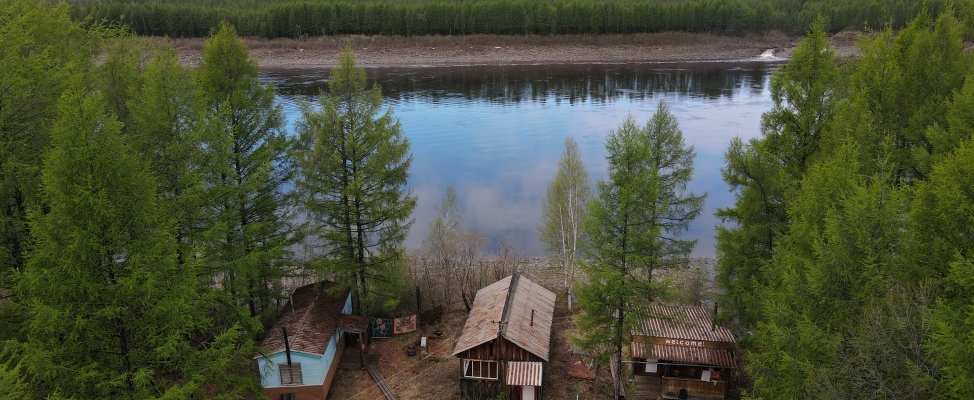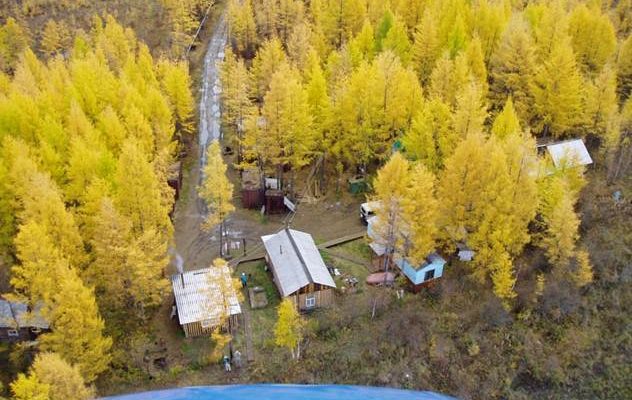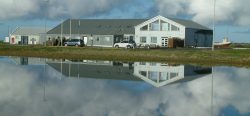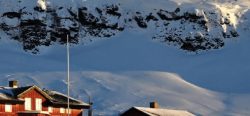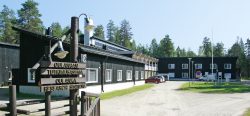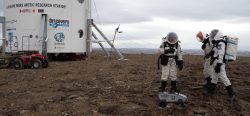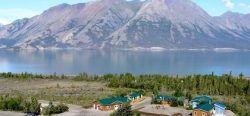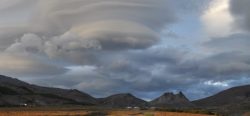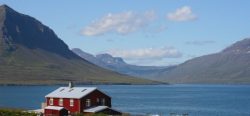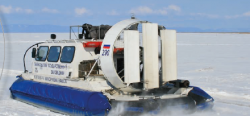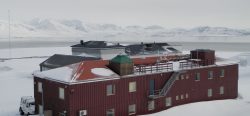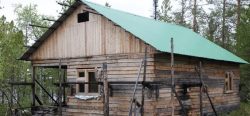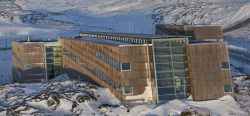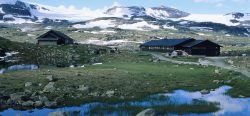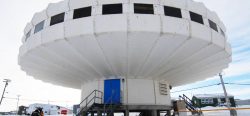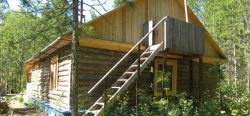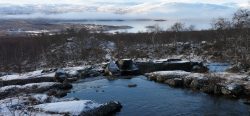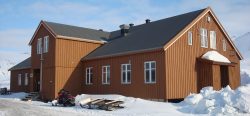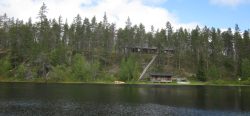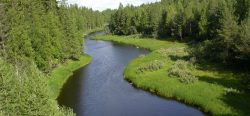Contact Details
Akademgorodok 50/28
Krasnoyarsk 660036
Russia
- Phone: +7 391 249 44 39
- Fax: +7 391 243 36 86
- Link: http://forest.akadem.ru/State/EVE.html
Collaborator in the project until spring 2022
NAME AND OWNER
The Tura Field station (Evenkiyskiy oporniy ekspedizionniy punkt) is owned and run by V.N. Sukachev Institute of Forest SB RAS (IF SB RAS, Krasnoyarsk, Russia).
LOCATION
The Tura Field station (64°17’ N, 100°11’ E; elevation approx. 145 m a.s.l.; area 0.8571 ha) is located near Tura settlement (Evenkian district of Krasnoyarsky kray, Russian Federation) at the bank of the Kochechum River (the middle part of the Central Siberian Plateau). The research area is located within the continuous permafrostPermafrost is frozen ground that remains at or below zero degrees Celsius (32 degrees Fahrenheit) for two or more years. It forms in regions where the mean annual temperature is... More zone.
BIODIVERSITYBiological diversity. The many and varied forms of life on Earth (collectively known as biota). As well as diversity of species (species diversity), there is also diversity within populations of a... More AND NATURAL ENVIRONMENT
The area belongs to Northern Larch taigaBoreal forest, a nearly continuous belt of coniferous trees across North America and Eurasia. Taiga is dense forest with many fallen trees and marshy soil. The term derives form the southern Siberian Turkic-Mongol... More (Needle-leaf deciduous forest, GLC2000). Overstory (trees): Larix gmelinii (>95% of territory), Picea obovata (rare), Pinus sibirica(rare) and Betula pubenscens (after disturbance). Main understory shrubs are Duschekia fruticosa (former Alnus fruticosa) and Betula nana. Spruce and Siberian pine occurs on well-drained south-facing slopes and alluvial soils in stream valleys and river banks. Birch appears after fires on hill tops. All tree stands are regenerating after ground fires driving composition, productivity and carbon stock of stands. Fire return interval is 20-200 years (ca. 90 years mean). Ground vegetation: ericoid dwarf shrubs (mainly Ledum palustre L., Vaccinium vitis-idaea L., and Vaccinium uliginosum L.), mosses (Pleurozium schreberi (Brid.) Mitt., Hylocomium splendens (Hedw.) B.S.G., and Aulocomnium palustre (Hedw.) Schwaegr.) with patches of lichens (Cladina spp. and Cetraria spp.). Larch forests with domination of Sphagnum fuscum in moss layer occurs in landscape depressions. Reindeers and bears are the major large animals. There are numerous migrating birds.
HISTORY AND FACILITIES
The Tura Field station is operated since 1989. The station provides accommodation mainly during frost-free season (May-October), but may accept visitors during all other seasons. There are 5 living houses (22 beds), kitchen, sauna, electricity and water supply, house heating by firewood. Vicinity to Tura provides access to mobile phone networks, e-mail and internet access. “Summer” and “Spring/Autumn” laboratories for sample preparation are available and equipped with basic instruments, drying ovens, freezer, refrigerators, scales, printer/scanner/copying machines etc. Spring/Autumn lab can be used for studies requiring “clean” conditions (e.g. geochemical research) and workshops. Station offers opportunity for stationary research and field campaigns in radii of >200 km. Access is provided by 2 available motorboats: Kochechum River (Northward direction to achieve the Polar cycle), Nizhnyaya Tunguska River (East and West directions). Travel distance is limited in mid-summer season.
GENERAL RESEARCH AND DATABASES
Tura station consists of research station and permanent experimental plots established in forests developed in different landscape units. There are three automatic weather stations at the Tura area along with forested plots equipped with air and soil temperature and moisture sensors. Tura has WMO meteorological station (64,17oN, 100,07oE, number 24507) with measurement since 1928.The Tura station facility hosts programs exploring forest dynamics and productivity, hydrologyThe study of water in the environment, particularly its amount, movement and quality. It encompasses water in rivers, lakes, glaciers, soil and underground aquifers. The way in which water (liquid and... More, hydrochemistry, biosphere-atmosphere GHG exchange and satellite calibration-validation studies. The tower site is equipped with Eddy system on 17 m tall tower in 110 year old larch forest and ground measurements. Databases include stand inventories, meteorological observations, hydrochemical compositions of streams/rivers, retrospective satellite Imagery of different resolution etc.
HUMAN DIMENSION
Nearest village Tura in 0.2 km distance. Tura has around 5000 habitants.
ACCESS
Station is reached year-round. There are 8 regular flights a week (except weekend) from Krasnoyarsk to Tura operated by KrasAvia airlines. From/to airport visitors reach the station by car.
